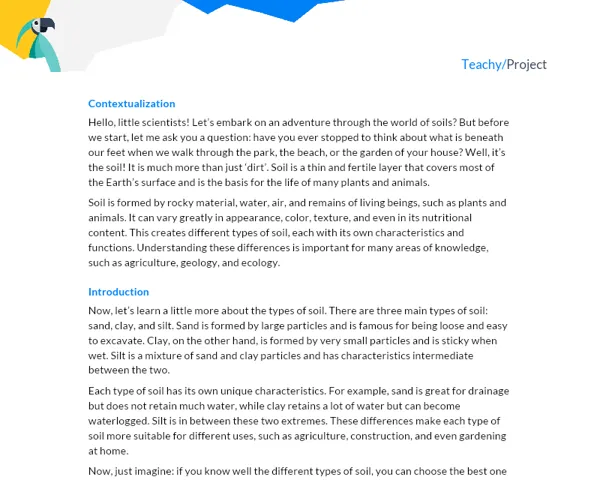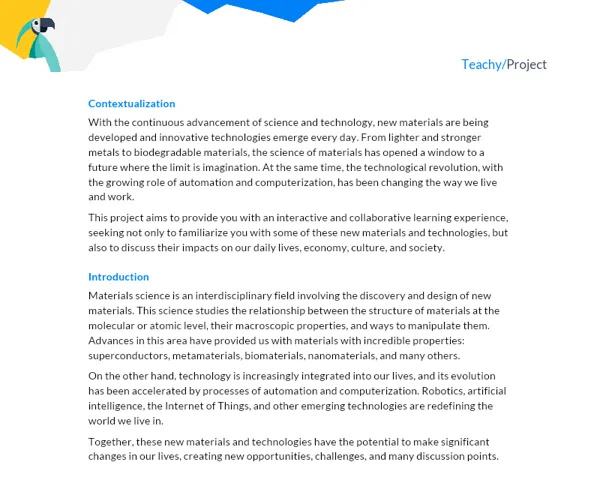Introduction
Electricity is a physical phenomenon closely associated with our lives, present in almost all human activities. Whether at home, at work, or at school, we constantly use electrical devices. Therefore, understanding the basic operation of an electrical circuit is an essential skill in our increasingly technology-dominated world.
Electrical circuits are an integral part of countless devices we use daily, such as smartphones, computers, refrigerators, cars, among others. They are behind the functionality of virtually all electrically powered equipment. Understanding their fundamentals can open up a vast field of possibilities, from the ability to perform minor repairs at home to developing new technologies.
Theoretical Background
The study of electrical circuits involves understanding some fundamental concepts such as electric current, voltage, resistance, and power. These concepts are governed by rules and principles that determine the behavior of electricity in a circuit.
Electric current is the flow of electrons in a conductor, and its intensity is measured in amperes. Voltage, or potential difference, is the force that drives electrons to move, measured in volts. Resistance is the opposition to the flow of current, measured in ohms. Power, in turn, is the ability of a circuit component to perform work, measured in watts.
Ohm's Law and Kirchhoff's Current Law are two fundamental principles in the analysis of electrical circuits. Ohm's Law establishes a relationship between current, voltage, and resistance, while Kirchhoff's Current Law allows us to determine how current is divided into different branches of a circuit.
Support Materials
To assist in understanding the concepts and carrying out the project, here are some suggestions for study materials, including books, websites, and videos:
- Book "Basic Electricity" by Milton Gussow.
- Khan Academy website, with a series of videos and exercises on electricity and magnetism. Link: Khan Academy
- YouTube channel "Ciência Todo Dia" (Science Every Day), with several explanatory videos on electricity. Link: Ciência Todo Dia
Throughout the project, we encourage research and the use of other materials that may contribute to a better understanding of the concepts involved and to carrying out the proposed activities.
Practical Activity: "Building and Analyzing Basic Electrical Circuits"
Project Objective
The objective of this activity is for students to apply the theoretical concepts of electrical circuits in practice, building different configurations, from simple circuits to more complex ones with components such as resistors and capacitors, and differentiating between series and parallel circuits. In addition, they must analyze these circuits by measuring current, voltage, and resistance and verify Ohm's Law and Kirchhoff's Current Law.
Project Description
The activity will be carried out by groups of 3 to 5 students and will focus on the construction, analysis, and written report of various electrical circuits. This project requires: research and planning, circuit construction, measurement and data recording, analysis and discussion of this data, and finally the preparation of a complete project report.
The total duration of the project will be approximately 15 hours per student, including research time, circuit construction, data analysis, and report writing.
Materials Required
- 9-volt batteries.
- Conductive wires.
- Bulbs.
- Multimeter.
- Resistors of different values.
- Capacitors of different capacitances.
- Circuit board (optional).
- Binding clips (optional).
- Switch (optional).
Activity Step by Step
-
Research and Planning: Students should study the concepts of current, voltage, resistance, and Ohm's Law and Kirchhoff's Current Law. Then, they must plan to build at least four types of circuits: a simple circuit, a series circuit, a parallel circuit, and a mixed circuit.
-
Circuit Construction: Using the specified materials, students will assemble the planned circuits.
-
Measurement and Data Recording: Using the multimeter, students will measure the current, voltage, and resistance at different points in the assembled circuits. The data should be recorded and tabulated.
-
Analysis and Discussion: Through the analysis of the collected data, students should verify the validity of Ohm's Law and Kirchhoff's Current Law for each type of circuit. The analysis should include comparisons of theoretical and practical measurements and discussion of any discrepancies.
-
Report Preparation: Finally, students must write a report containing four main parts - Introduction, Development, Conclusions, and References - detailed below.
Introduction:
Students should contextualize the theme, its relevance, and application in the real world, in addition to presenting the objective of the project.
Development:
Students should explain the theory behind the central theme of the project, explain the activity in detail, indicate the methodology used, and finally present and discuss the results obtained.
Conclusion:
Students should conclude the work by reviewing their main points, explaining the lessons learned, and the conclusions drawn about the project.
References:
Students should indicate the sources they used to work on the project, such as books, web pages, videos, etc.
Upon completion, the report should be submitted to the teacher for evaluation.


